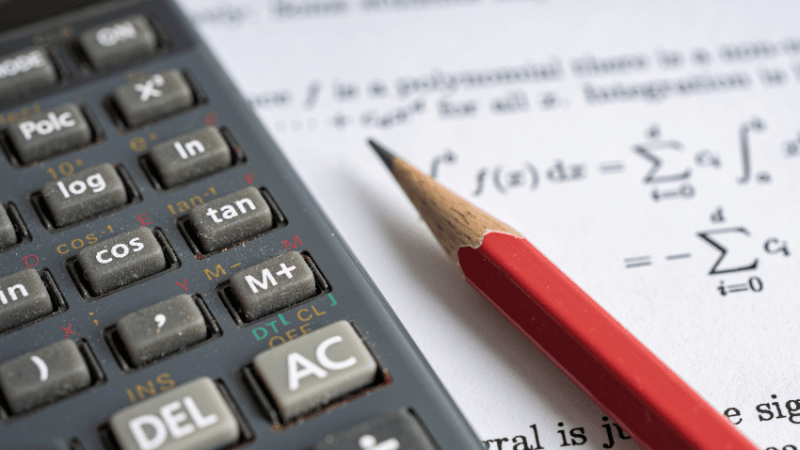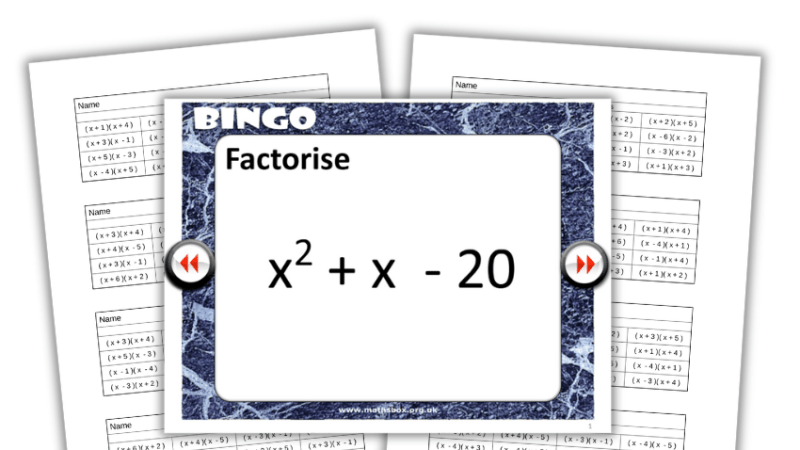KS3 numeracy – Factors and multiples
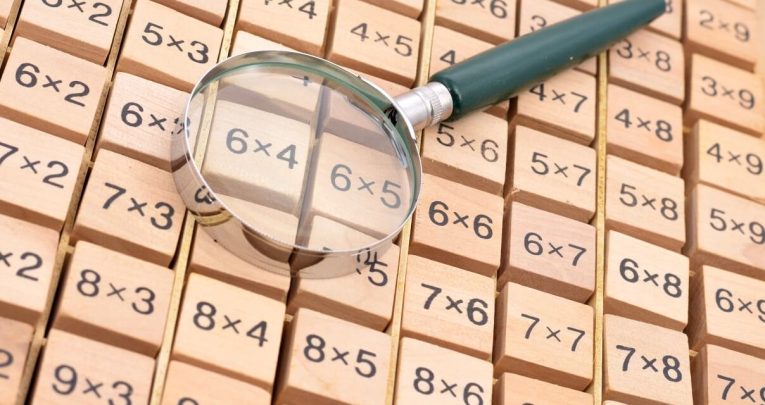
Students can often confuse factors and multiples, responding with one when they mean the other says Colin Foster…

- by Colin Foster
- Reader in mathematics education at Loughborough University
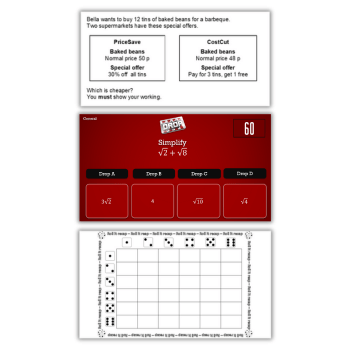
In this lesson, students examine factors and multiples together, comparing and contrasting them, so as to appreciate their connections and differences.
The following task is intended to bring to the surface any confusions that students may have concerning factors and multiples:
Find four different numbers that could go into these boxes to make the wheel statements true:
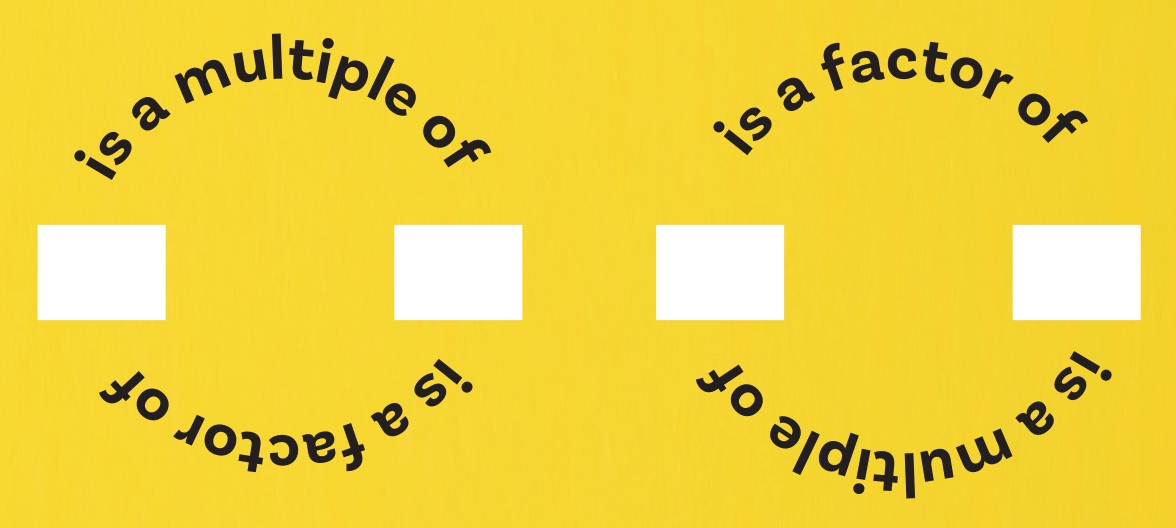
For example, students might give the numbers 10, 5, 3, 12. Look out for students putting the numbers the wrong way round, indicating that they are muddling up factor and multiple.
The solution
Factors ‘go into’ numbers, and so are (nearly) always smaller.
Multiples are made by taking ‘multiple’ copies of the number, so are (nearly) always bigger.
You could ask the following questions:
‘Is a multiple of a number always greater than that number?’ Yes, except that any number is always a multiple of itself.
‘Is a factor of a number always less than that number?’ Yes, again, except that any number is always a factor of itself.
Now ask students to make up wheel statements, with four different box numbers, like the one above. This time, can the four numbers…
- All end in a 3?
- All end in a 1?
- All be greater than 20 but less than 50?
- All add up to 100?
What other possible constraints can students think of?
Checking for understanding
For each of these statements, say from 0 to 100% how sure you are that it’s true. If you’re absolutely sure it’s true, write 100%. If you’re absolutely sure it’s false, write 0%. If it’s somewhere in between, write a number between 0% and 100%.
a) 3 is a factor of 6 b) 6 is a factor of 3 c) 8 is a multiple of 2 d) 2 is a multiple of 8 e) 9 is a factor of 1 f) 1 is a factor of 9 g) 1 is a multiple of 20 h) 20 is a multiple of 1
Answers: a) T; b) F; c) T; d) F; e) F; f) T; g) F; h) T
You could just go through the answers, or alternatively ‘negative mark’, so that the student’s total score is the sum of the confidence percentages they gave to the true questions, minus the sum of the confidence percentages they gave to the false questions.
Colin Foster (@colinfoster77) is a Reader in Mathematics Education at the Mathematics Education Centre at Loughborough University. He has written many books and articles for mathematics teachers; for more information, visit foster77.co.uk





